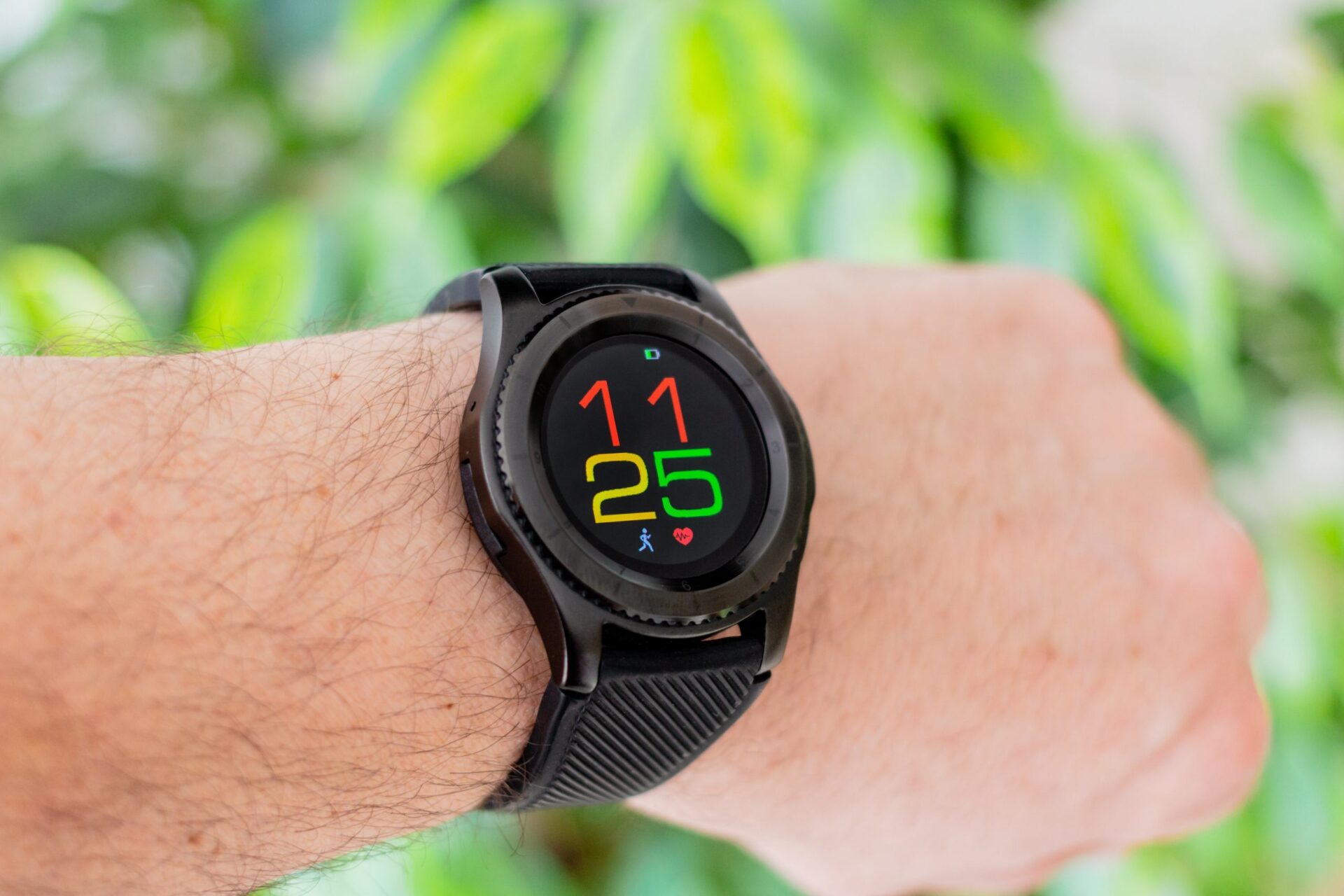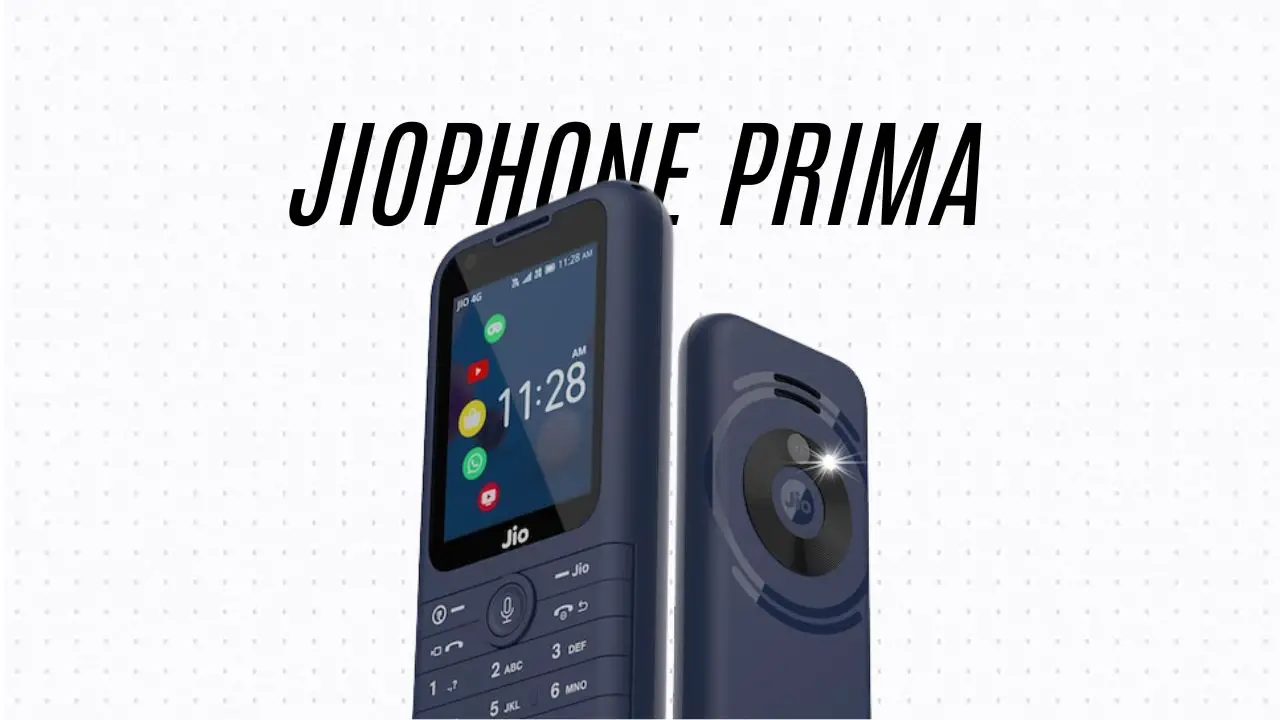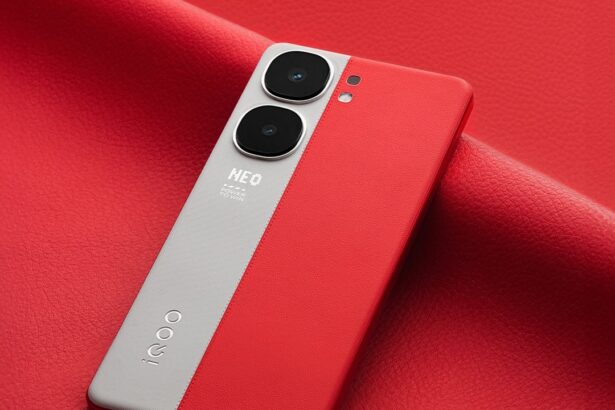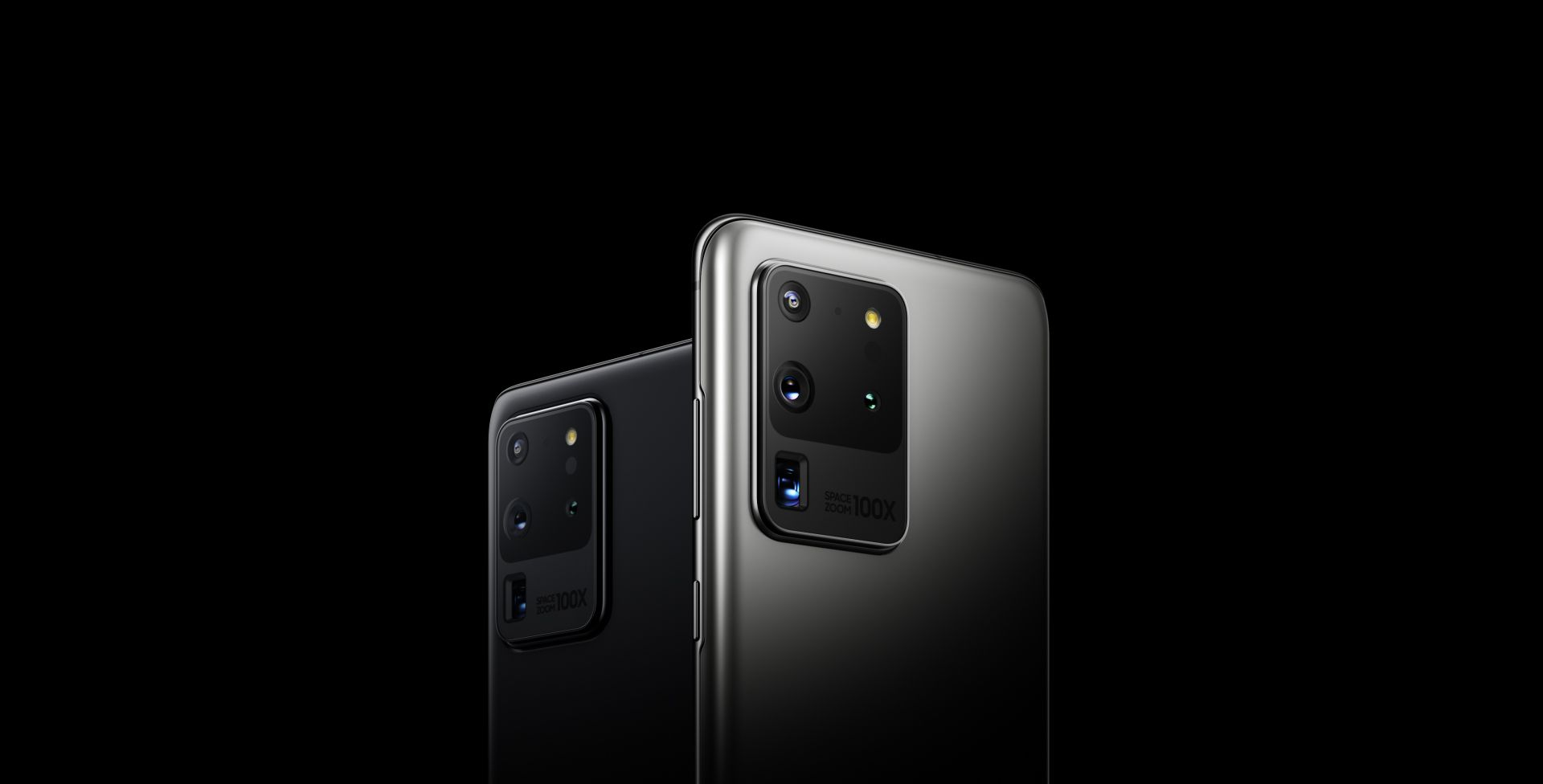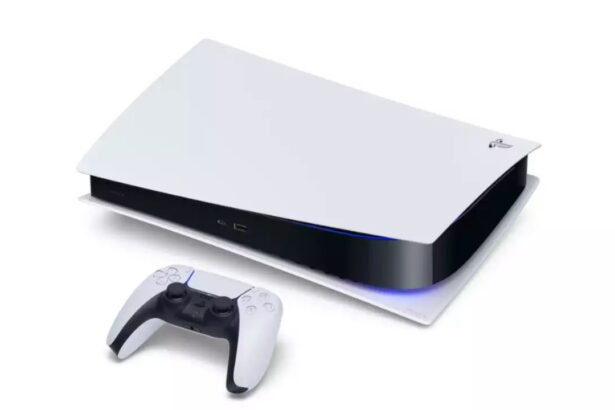Happiness is not just an emotion. It is a state of well-being. Being happy is a sign that you are physically and mentally healthy. True enough, studies on Verywell Mind show that positive emotions lower our cortisol hormones (also known as the “stress hormone”), which help alleviate illnesses that are directly related to stress like insomnia, gut problems, and heart disease. It also lifts one’s mood, encouraging creativity, and productivity every moment of the day.
To this end, it is no secret that studies are being done to unlock the secrets of happiness. In fact, there are already plenty of findings across the globe that add to this particular field of research. In the UK, a survey by Gala Bingo found that spending time with family is what makes nearly half of the population (46%) the happiest. Not far behind are annual holidays and the time people get off work. Across the pond, a report on The Globe and Mail found that 80% of Canadians are happier with a big income. Those who have jobs that are “worthwhile and interesting” have also reported higher levels of happiness.
Other countries like India, the US, and China have also produced similar studies.
But studies are still lacking
Despite the strides made in happiness studies, researchers still lack a quantifiable way to measure the emotion. So far, everything has been answered based on surveys and interviews. A software, program, or app that can concretely determine what makes you happy could help inform you about the indicators (like family and money) that make you smile and the indicators that make you happy the most. Eventually, it might even help you bounce back during a bad day, kind of like taking the right medicine when you have a headache.
Fortunately, the research team at the Massachusetts Institute of Technology (MIT) in Cambridge found a solution. They were able to develop software that can read happiness based on objective parameters. They call it the “Happimeter.”
What is the Happimeter?
The Happimeter is an Android smartwatch app that collects data from multiple sources like the body’s heart rate and the user’s opinion to determine if the person is genuinely happy about something or another type of emotion (like content or excitement). The app notes other external factors that may contribute to one’s mood as well, like the user’s location, day of the week, weather conditions, and others.
The Happimeter’s readings are based on a psychologist’s traditional view of happiness—that happiness is an emotion with two dimensions: arousal and valence. “Arousal” refers to the body’s readiness to act. If you got a pay raise and wanted to jump in joy or scream—that is arousal in play. Any indicator that makes you happy makes you aroused. Meanwhile, “valence” refers to the intensity of the arousal. The higher it is, the happier you are.
The nine emotional states
According to the MIT’s research, the user’s emotion always falls under nine states, depending on their level of arousal (not active, active, or very active) and its valence (very pleasant, pleasant, or unpleasant). The three are paired along an x and y axis, similar to a tic-tac-toe board. For example, when the watch reads that your body is very active and the user finds the activity very pleasant, the mood captured is “elated.” Meanwhile, if you are active (the normal state of your body) but feel unpleasant, you are “sad.”
This mood board is a great way to objectively look at your emotions. Because there are moments where you think you are sad, but you are actually “tired” (not active and unpleasant).
The accuracy of the readings
While arousal can be tracked with the smartwatch’s sensors, valence cannot. This is why the Happimeter app will prompt the user to choose one of nine states four times a day. After a couple of weeks, Happimeter will start noting trends and give predictions. For instance, if the weather is pleasant, and you are not active in a café you frequent, chances are that you are “relaxed.”
In fact, this is how the team at MIT conducted their research. They required 60 people to wear the smartwatch over two months. The result was a prediction accuracy “of up to 94%.”
Other features
The Happimeter’s features are not limited to the smartwatch that it is downloaded on—there is also an app for smartphones. It even has a mood timeline that lets you see what activities make you happy, the happy things you will find in certain locations, and mood predictions for the coming days.
There is also a feature called the “growing tree” that grows taller the more you use the app. If you have friends and family that also use Happimeter, you can add them to your friend list and share moods.
Is it compatible with every smartwatch?
The Happimeter can only be downloaded on smartwatches with Google’s Wear OS. An example of this is OnePlus’ new smartwatch line, whose development was just confirmed last December. Popular smartwatches like Asus’ ZenWatch, LG’s Watch Urbane, and Samsung’s Gear Live all run on Wear OS. As for the app, it is available on both Android and iPhone devices.
Whether you are looking for a way to lift or spirits or simply curious about your moods, Happimeter can give you detailed reports about your emotions. If you own a Wear OS smartwatch, you can download the app for free.
